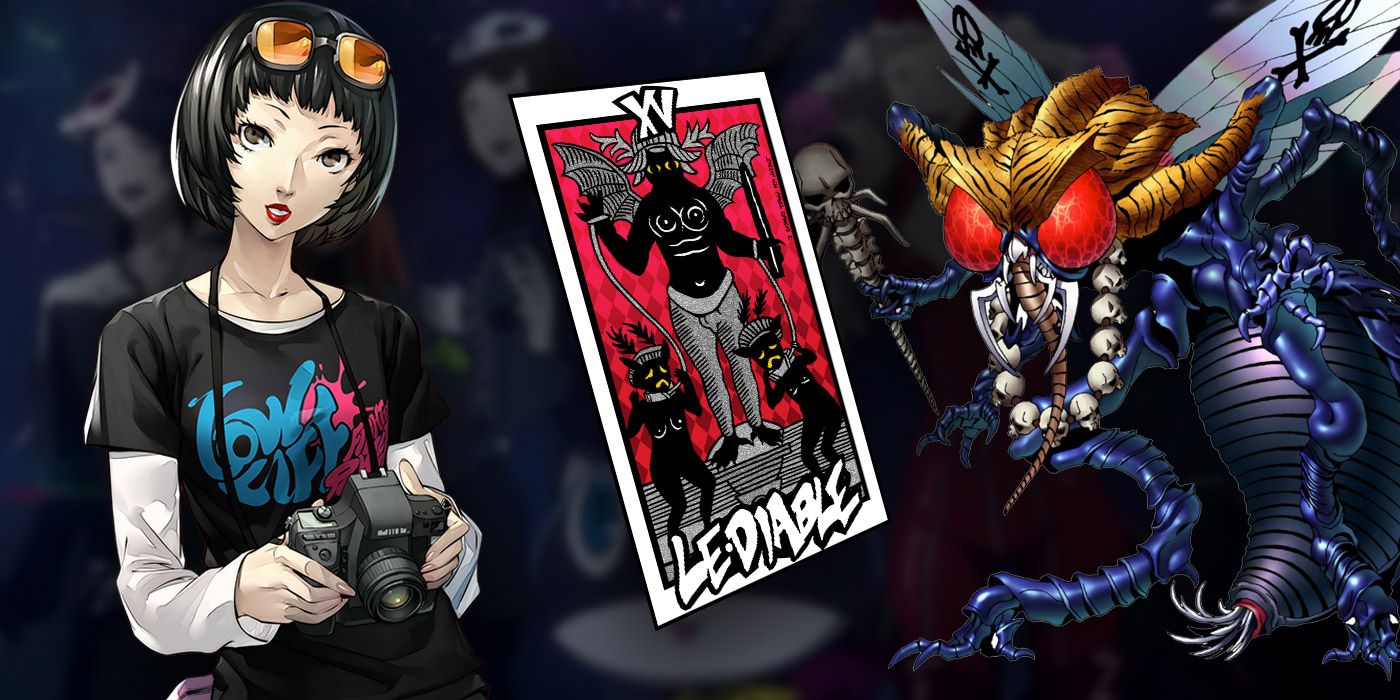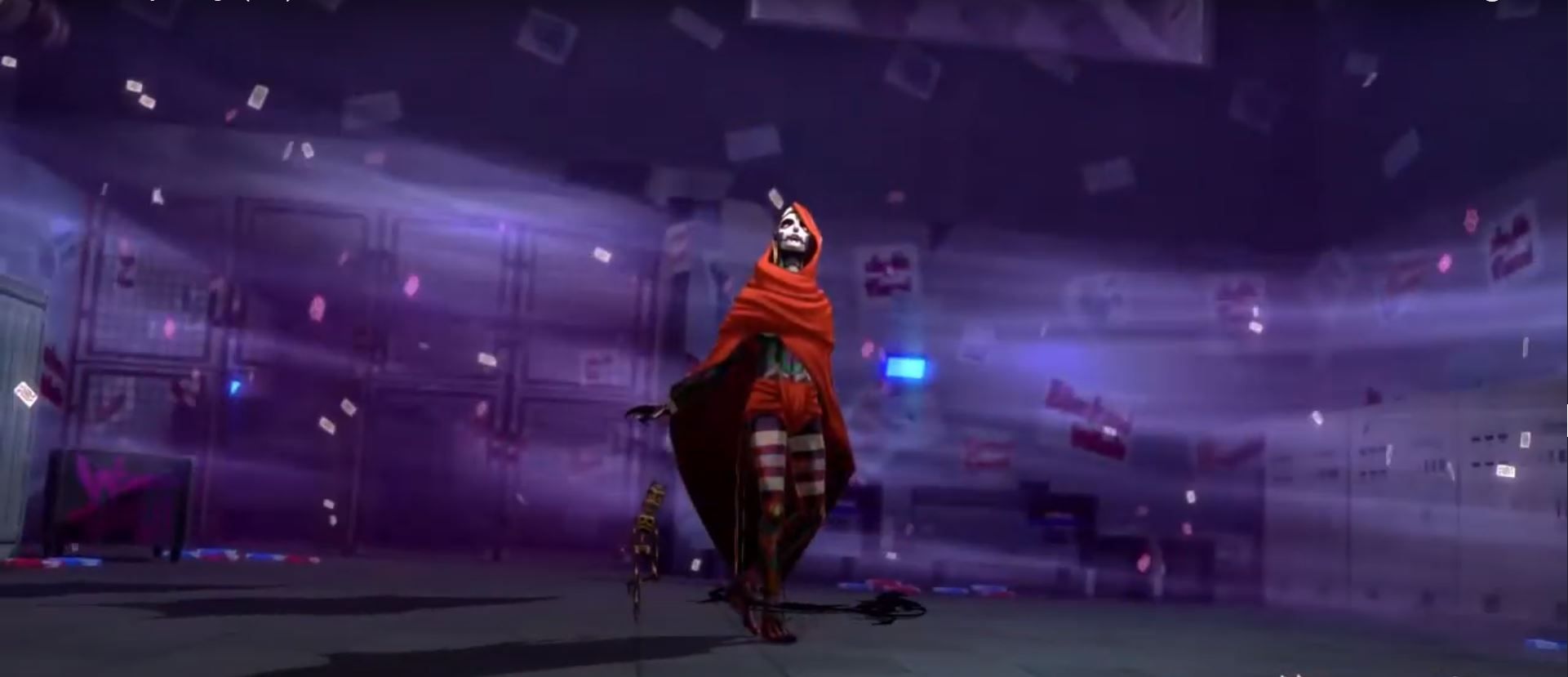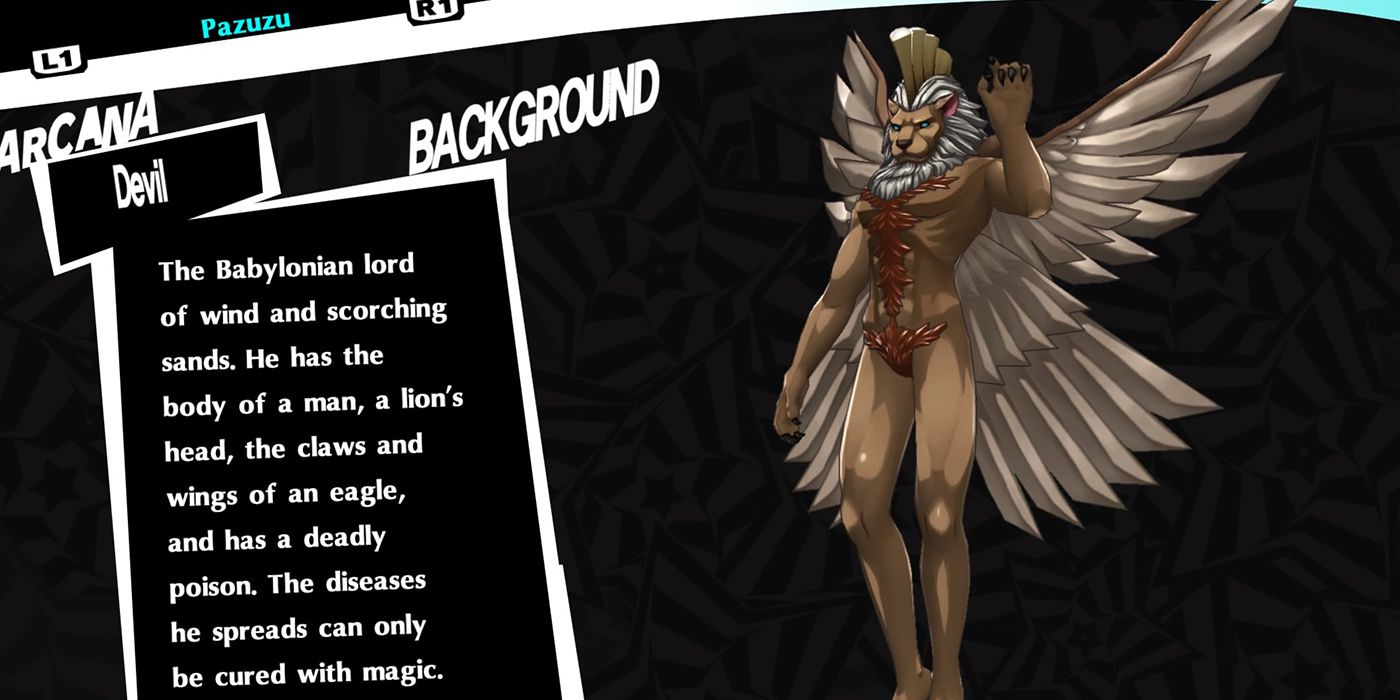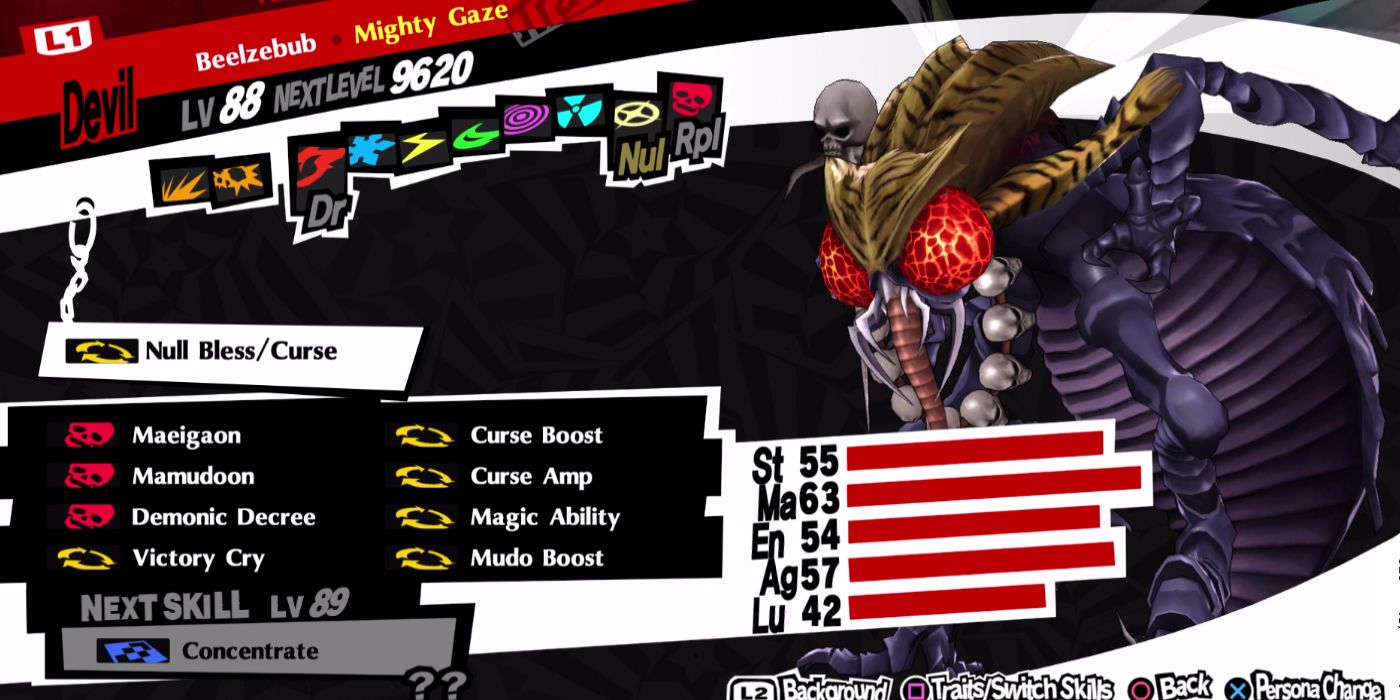The Devil arcana is dominated by obsession, for better and for worse. It's negative aspects speak to temptation, addiction, and indulgence, while it's positive aspects represent enduring, near-all-consuming commitment to something.
Persona 5 explores these issues with the confidant Ichiko Ohya, an overworked journalist who is sliding from a scrupulous reporter to a sensational paparazza. She is also glibly losing a battle against substance abuse, as Joker can find her at the Crossroads Bar almost every night, drinking to excess with the proprietress, Lala-chan. Atlus hid a devil in the details when naming Ohya's watering hole, as dark entities historically appear at crossroads to strike soul-stealing deals with mortals.
As with all the confidants in Persona 5, it falls to Joker to help Ohya commit to the good aspects of her arcana while overcoming the situation that has reversed her values; her singular obsession with discovering the fate of her colleague, Kayo Murakami. As Joker feeds her information on the Phantom Thieves for sensational "news-as-entertainment" articles, he also steers her back toward her commitment to journalism, and ultimately blows the lid off a shocking conspiracy.
Among the potential romance options, and the confidants over all, Ohya is fairly unpopular, partially because her alcoholism, mood swings, and her lackluster confidant perks, which are effectively useless if the player takes advantage of ambushing enemies. But her story is one of the more compelling intrigues in the game in that it further develops Shido as a villain. It also must be said that there are some extremely cool personas to be had in the arcana, especially if Joker needs to dish out curse damage.
Nebiros - Hell's Life Coach
Nebiros, portrayed in Persona 5 as a painted figure shrouded in red, has an interesting connection to another demon from the Persona series: Cerberus, from the aggressive, physical attack-heavy Chariot arcana. Part of the connection appears to be a matter of etymology, as Nabiros is also known as Naberius, and before that, Cerbere. In folklore, he appears as a black crane, a raven, or a three-headed dog, and is profiled in the Ars Goetia — a mystical body of texts that collectively serve as a manual for demon summoning.
But why would somebody want to summon a demon, outside of Persona? Nabiros has a great deal of powerful and useful knowledge to offer people. Though the demon himself is said to have a raucous voice, he can make a person eloquent, and instruct them in all arts and sciences. He can also act as a tutor for necromantic arts, and supposedly restore lost titles and dignities. In Hell, he acts as a field marshal, commanding nineteen legions of lesser demons to do his bidding. Apart from the high cost of selling one's soul, he would make the ultimate life coach.
Nabiros also knows the secrets required to make a mystic (albeit very gross) object known as a hand of glory. According to myth, severing and preserving the left hand of a hanged-man (no relation to the hanged-man arcana) and murderers in particular, would make an object of immense ritualistic power. If a candle rendered from the fat of a human body is placed in the hand of glory, it can render everybody who observes the hand (save for the person holding it) immobile. There are also stories of hands of glory granting wishes.
Pazuzu - Herald of Famine
Those who have seen or read William Blatty's The Exorcist may be familiar with the name Pazuzu, as it is the demon that possesses Regan. Like many other pre-monotheistic gods, Christianity rebranded him as a demon from hell, but given his original character, that does not seem like too much of a stretch. Initially a Babylonian god of evil, Pazuzu represented the Southwest wind, particularly when it brought oppressive heat in the summer, or locusts in the wet season. As such, he was regarded as a herald of famine and pestilence.
Interestingly though, he still saw a fair amount of worship from Babylonians, because he was the arch-rival of another evil god: Lamashtu. Like Lilim, also represented in the Devil arcana, Lamashtu was an anti-fertility goddess who inflicted miscarriage, infanticide, and kidnapping. Though Lamashtu is not represented in the Persona series, she does appear in Atlus' Shin Megami Tensei series.
Given the choice between ailing crops, and dying women and children, it's understandable why Babylonians would prey to a dark god, as Pazuzu was something of a scarecrow against lesser demons, and Lamashtu in particular. This "apotropaic" quality, or protective magic, calls to mind the idiom of trusting the devil you know over the one you do not.
Beelzebub - The Lord of Flies
Beelzebub is also known as "The Lord of The Flies," hence the dark implications behind the title of William Golding's dark coming-of-age novel. It also explains why Beelzebub's design is a hideous, giant, demon fly. Again, this look barely stands out from the crowd, given some of the more outrageous persona designs, but the necklace of skulls, bloated abdomen, and long, rat-tail like proboscis are still unnerving.
According to Catholic dogma and demonology apocrypha, Beelzebub was one of the first three angels to fall from heaven, along with Lucifer (represented in the Star Arcana), and the monster Leviathan. In John Milton's Paradise Lost, Beelzebub is Satan's second-in-command. He is even the one who comes up with the notion of having Satan investigate the newly created Garden of Eden, leading to man's expulsion from paradise. His eloquence in that story is intended to represent a perversion of reason, using logic to justify corrupt intentions.
This is perhaps, the darkest side of the Devil Arcana; where one's inherent qualities, like passion and obsession guide people to self-destructive ends. Even the Temperance arcana, with its themes of self-mutilation, cannot compete with a scenario where being true to one's self can be conflated with surrendering to one's worst habits.
Persona 5 and Persona 5 Royal are available now for the PlayStation 4.




